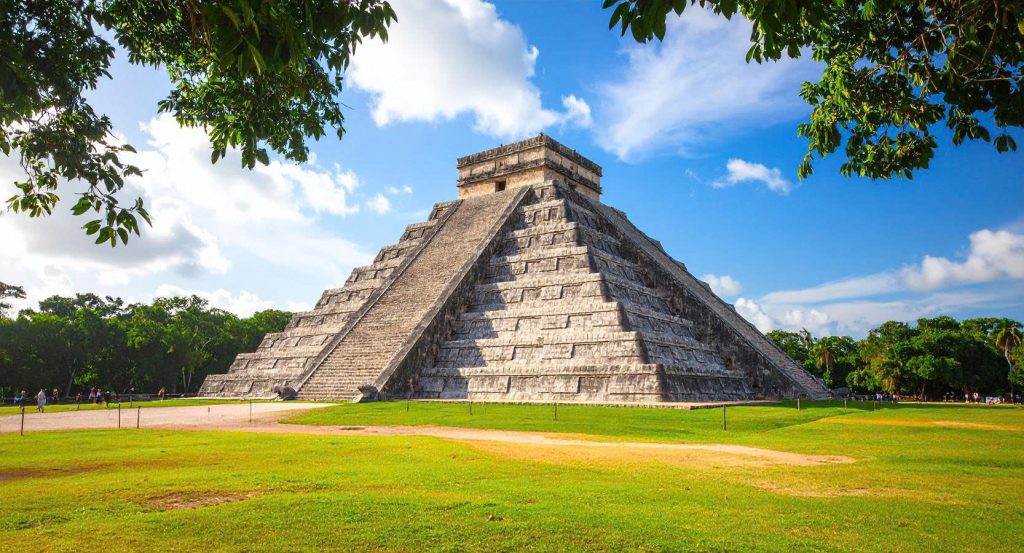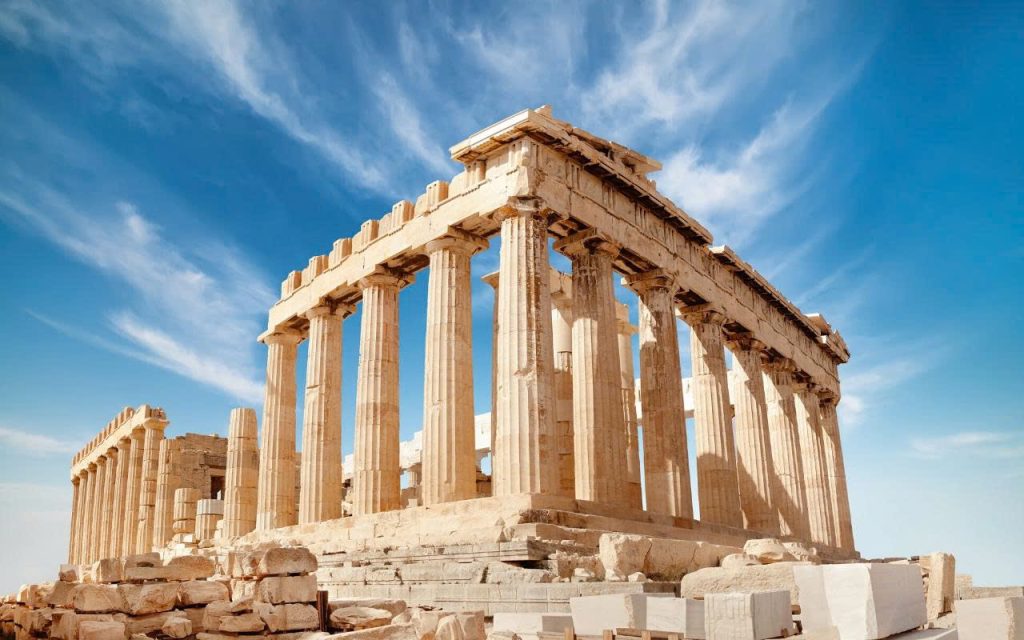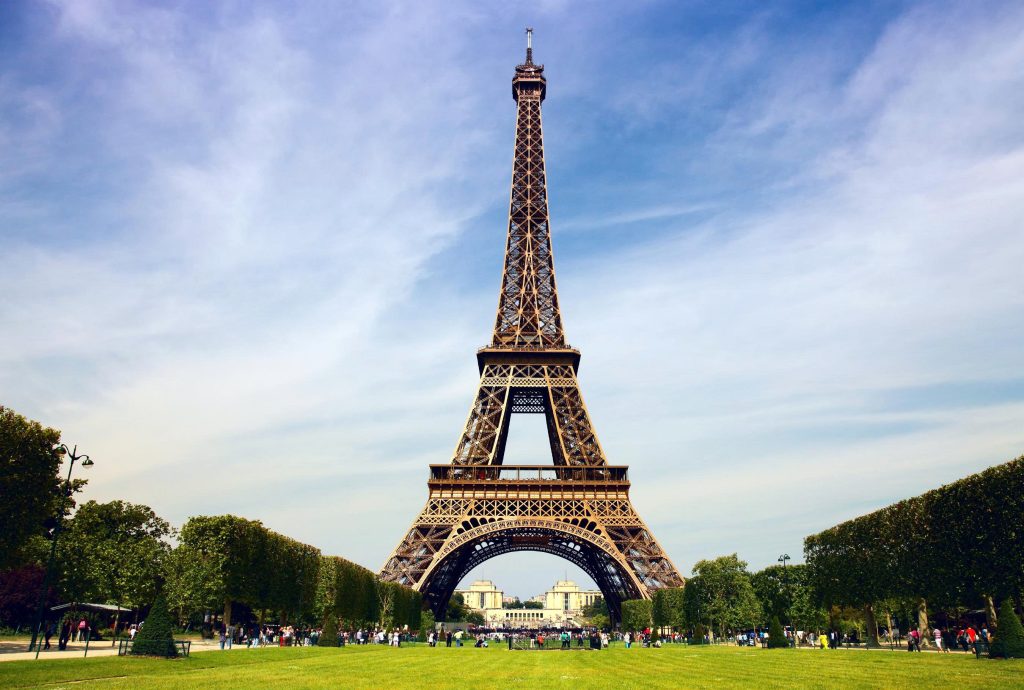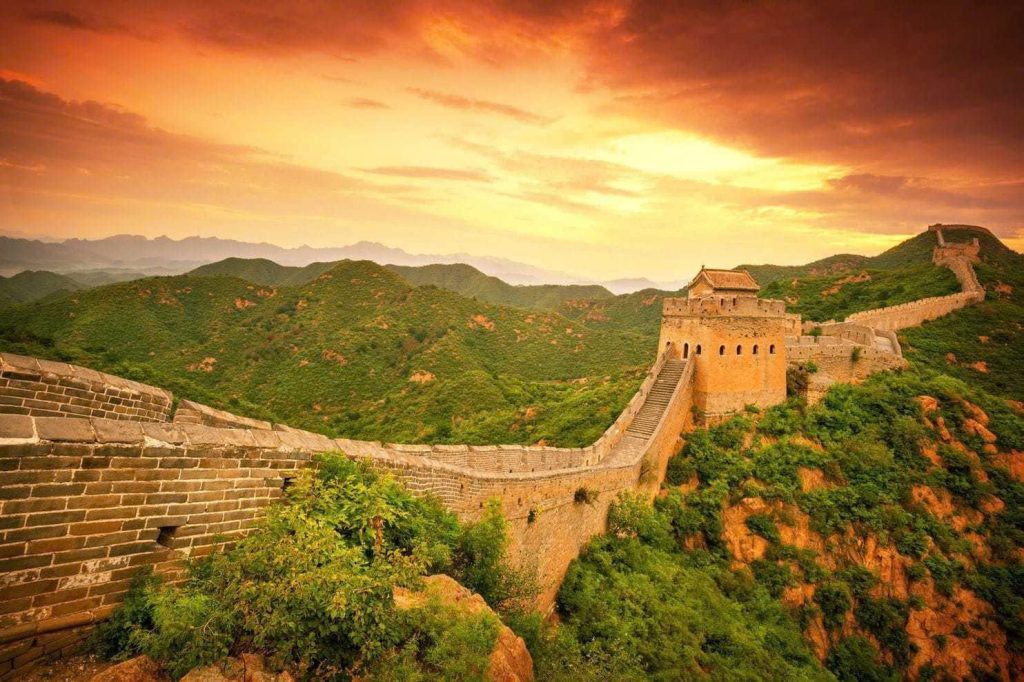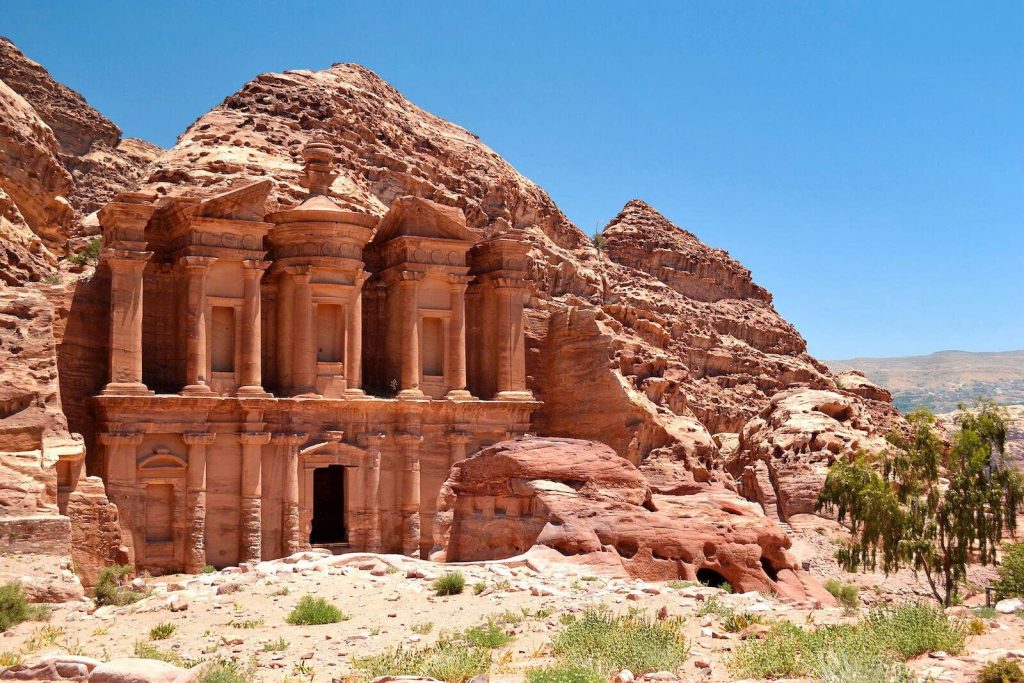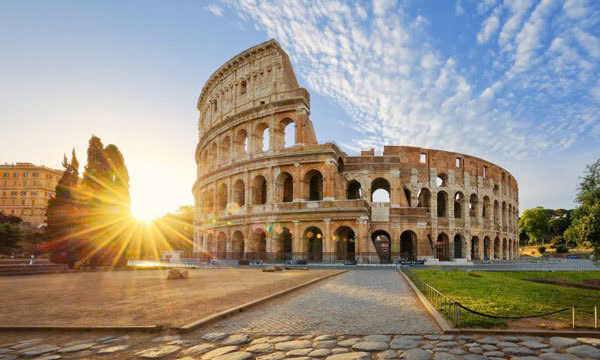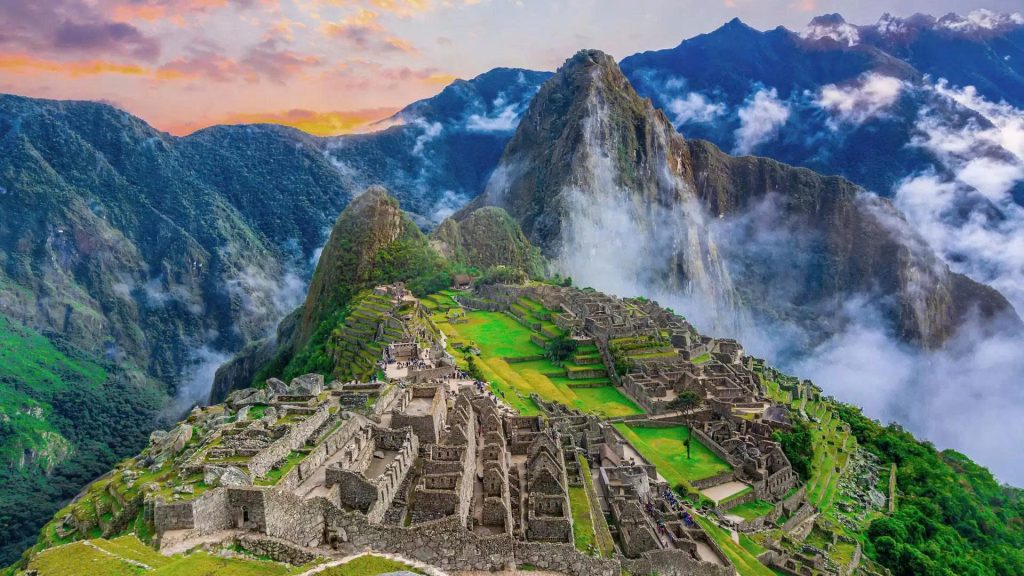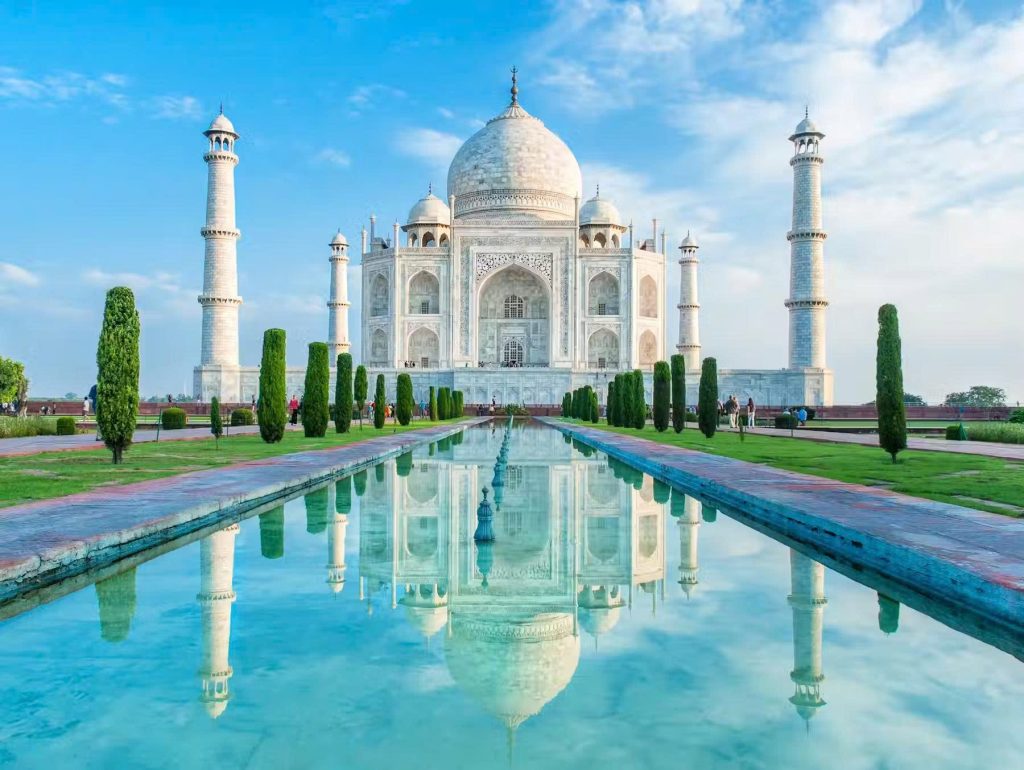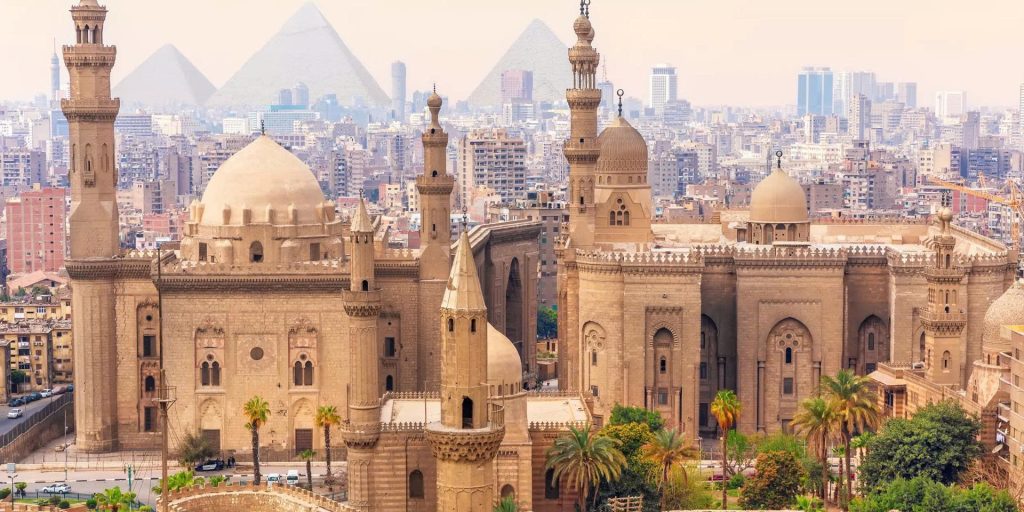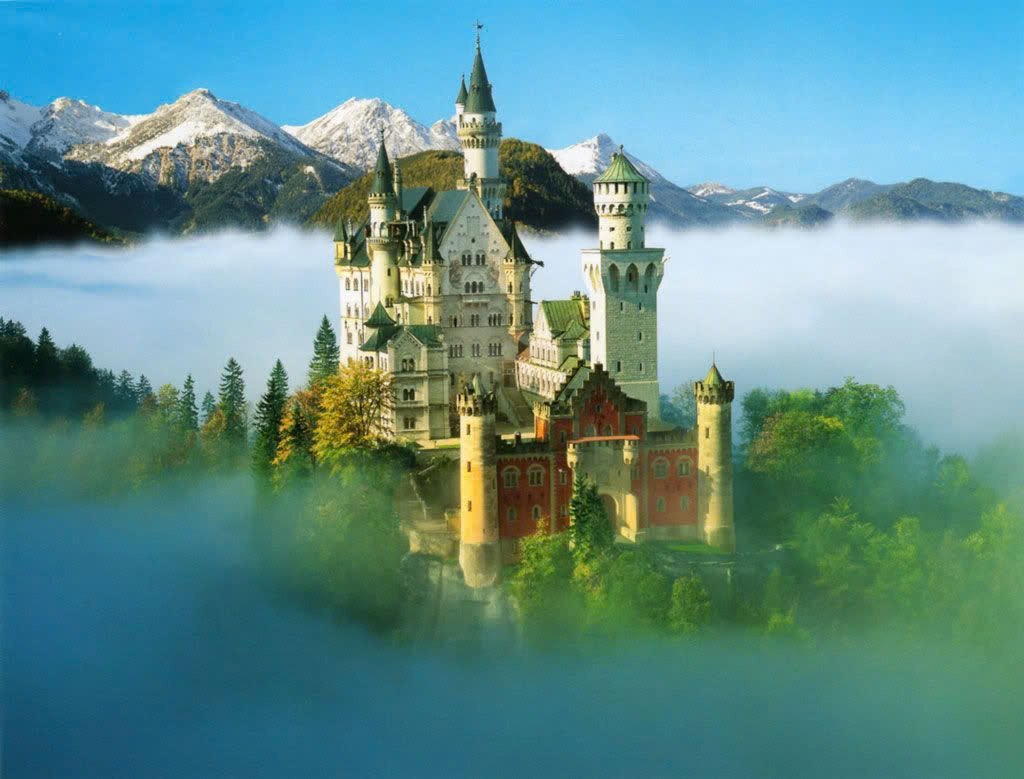The jungle of Mexico’s Yucatán Peninsula holds one of the world’s greatest historical treasures: Chichén Itzá. Recognized as a UNESCO World Heritage Site and one of the New 7 Wonders of the World, this ancient city stands as a monumental testament to the genius of the Maya civilization. For any traveler, the moment the magnificent El Castillo pyramid comes into view is nothing short of breathtaking.
This Ultimate Chichén Itzá Travel Guide provides you with experience-backed advice, covering the crucial logistics, current ticket costs (2026 estimates), detailed itineraries, and essential insider tips. By the end of this article, you will have all the expertise necessary to turn your trip into a smooth, rewarding reality.
1.Understanding the Essence of Chichén Itzá
The Deep History of the Itzá People
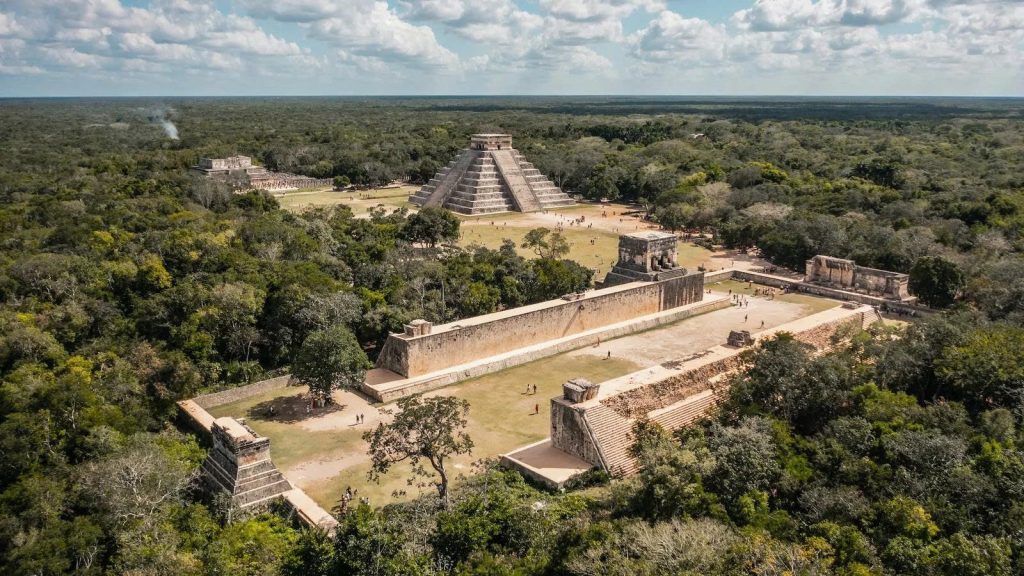
Chichén Itzá, which translates roughly to “at the mouth of the well of the Itzá,” thrived from the Classic to the Post-Classic periods (roughly 600 AD to 1200 AD). It was one of the largest and most influential Maya cities, establishing its power through control of major regional trade routes and, crucially, access to fresh water via its abundant cenotes.
The Cultural Fusion: Maya and Toltec Influences
The architecture is a palpable record of regional interaction. While earlier structures show pure Puuc Maya style, later monuments—particularly those in the northern section—demonstrate a dramatic influence from the central Mexican Toltec culture. This fusion is most noticeable in the carvings of eagles, jaguars, and the feathered serpent god Kukulcán (the Maya equivalent of the Aztec Quetzalcoatl). This blending highlights Chichén Itzá’s role as a major cosmopolitan center, drawing influences from across Mesoamerica.
Decline and Rediscovery
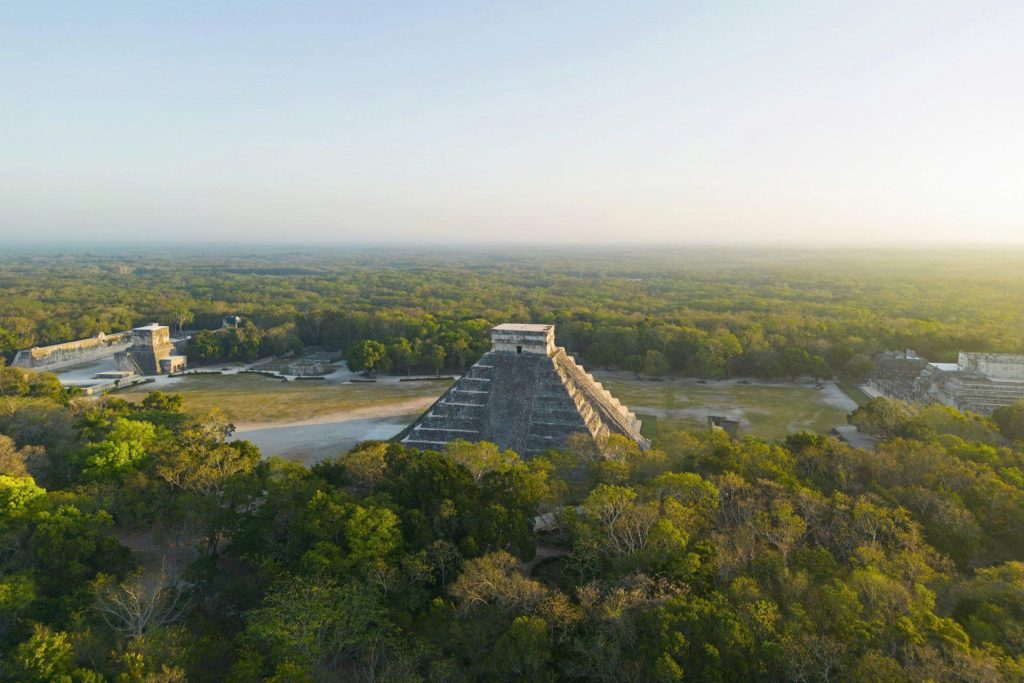
Like many great ancient cities, Chichén Itzá was eventually abandoned. The exact reasons remain a subject of debate (archaeology is still ongoing), but theories range from drought and internal revolt to shifting trade patterns. The jungle reclaimed the city until modern archaeological efforts—which continue today under the supervision of the INAH (National Institute of Anthropology and History)—revealed its stunning monumental core.
Why Chichén Itzá Holds Global Status
Its dual designation as a UNESCO World Heritage site and a modern World Wonder is a testament to its preservation and historical complexity. UNESCO specifically notes the fusion of the Maya and Toltec vision revealed in the stone monuments, making it a masterpiece of Mesoamerican architecture.
2. Must-See Icons and Landmarks of the Archaeological Site
The site is massive, spanning several square miles. Your itinerary must prioritize the most significant landmarks within the main excavated area.
The Northern Group: Architecture Meets Astronomy
This area represents the height of the Maya-Toltec period and contains the city’s most famous entities.
El Castillo (The Temple of Kukulcán)
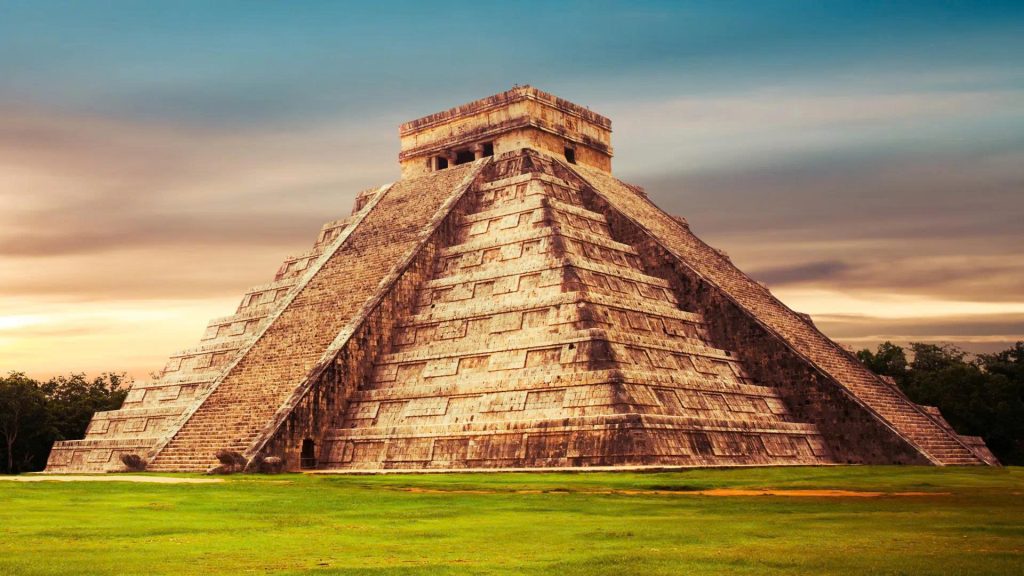
The iconic pyramid is more than a temple; it’s an astronomical instrument.
- Its four faces contain 91 steps each. When you include the top platform, the total is 365, representing the days of the solar year. The pyramid’s design brilliantly integrates the Maya calendar.
- During the vernal (spring) and autumnal (fall) equinoxes, the sun perfectly illuminates the western balustrade, casting a serpentine shadow that appears to “slither” down the steps, a visual manifestation of Kukulcán.
- Stand at a specific spot and clap your hands—the echo sounds like the chirping of the quetzal bird, another intentional feat of Maya engineering.
- Note: Climbing is strictly forbidden. This is an essential rule for preservation and must be respected by all visitors.
The Great Ball Court (Juego de Pelota)
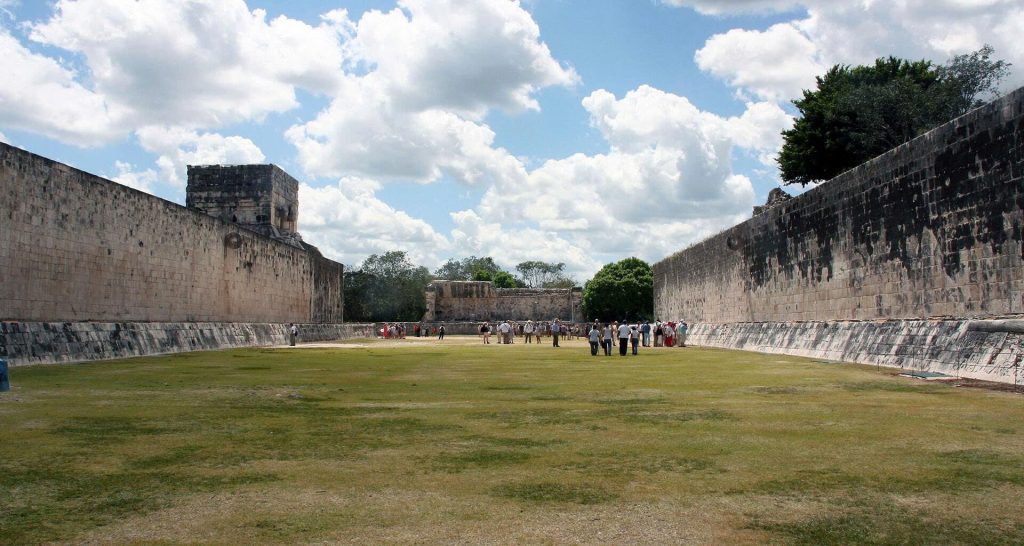
This is the largest ancient ball court in all of Mesoamerica.
- Measuring 166 meters long, the court is surrounded by high walls carved with scenes of players.
- The ritualized Maya ball game was often played with religious significance, where players attempted to pass a rubber ball through high stone rings using only their hips, elbows, or knees. The fate of the losing (and sometimes winning) team remains a subject of historical debate.
The Temple of the Warriors (Templo de los Guerreros) and Group of a Thousand Columns
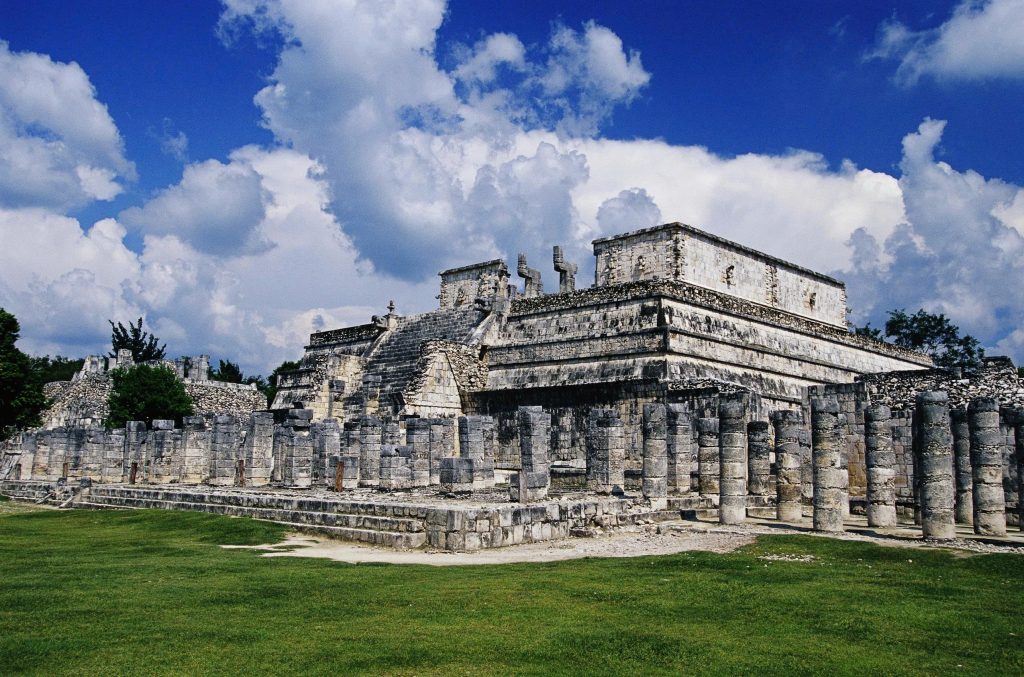
The Warrior’s Temple resembles the Temple B at Tula, a key Toltec site.
- Surrounding the temple is the vast Group of a Thousand Columns (actually closer to 200), which once supported a large, shaded roof, likely serving as a central market or administrative area for the city’s trade.
- At the summit of the temple sits a Chac Mool statue, a human figure reclining backward with a receptacle on its stomach, likely used for ritual offerings.
The Southern Group and Water Worship
While the North is monumental, the South offers unique insights into daily life and religion.
El Caracol (The Observatory)
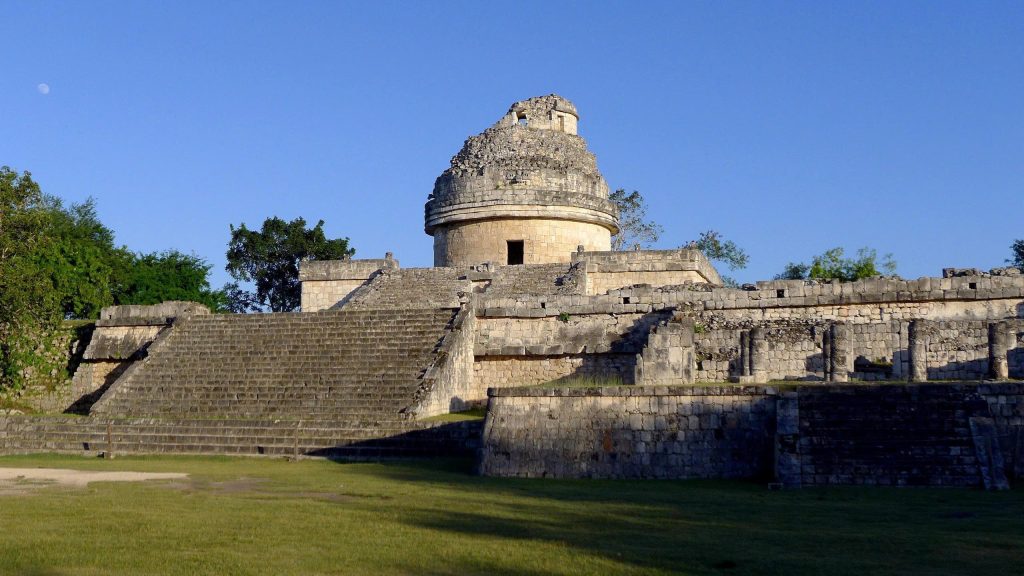
This is one of the most important structures for understanding Maya astronomy.
- Its round shape (rare in Maya architecture) and internal spiraling staircase (hence “The Snail”) allowed the priests to precisely track the movements of Venus and other celestial bodies. The windows align with specific astronomical events.
The Sacred Cenote (Cenote Sagrado)
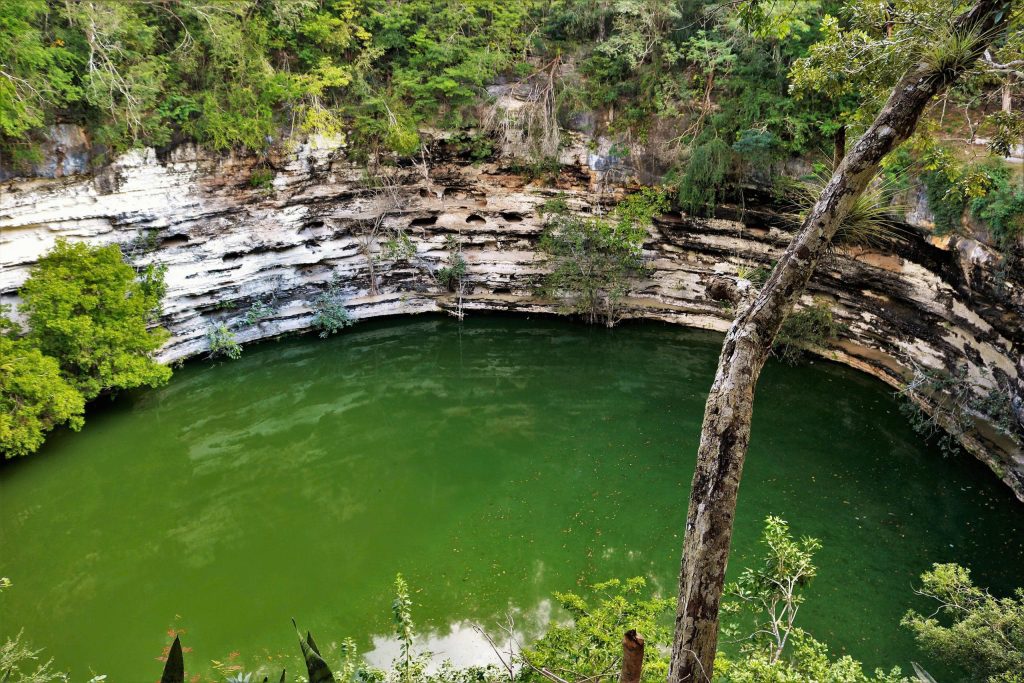
The source of the city’s name and its spiritual foundation.
- This massive sinkhole was a focal point for worship, sacrifice, and pilgrimage. Unlike nearby swimming cenotes, this one was exclusively for ritual purposes, with numerous artifacts and remains having been recovered from its depths.
Tzompantli (The Platform of the Skulls)
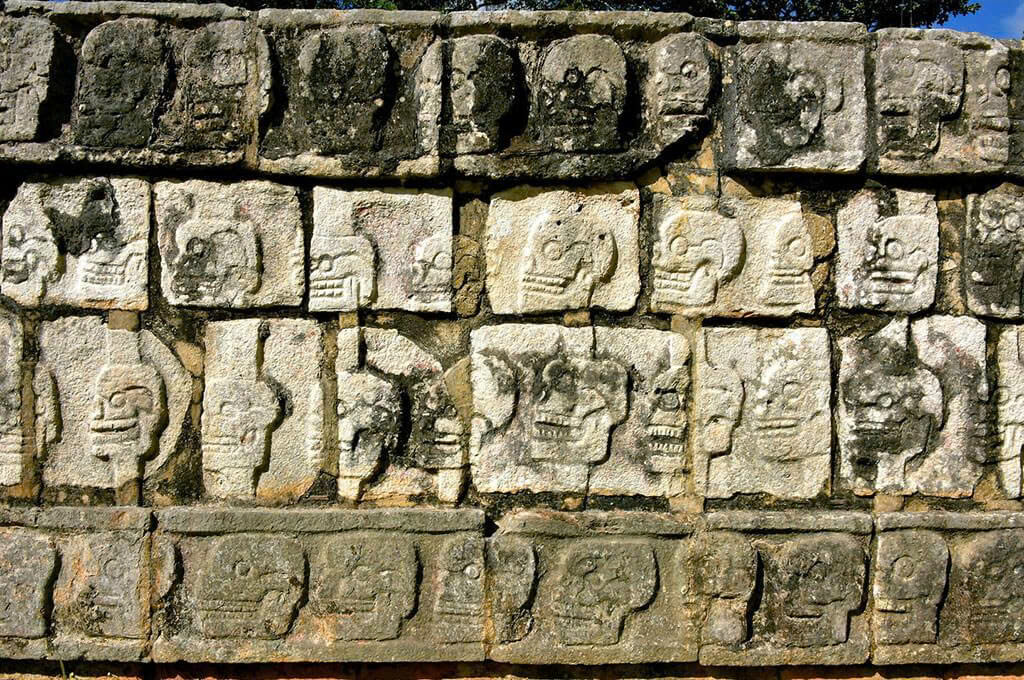
This low platform, located near the Great Ball Court, reveals the darker, ritualistic side of the Maya and Toltec fusion.
- Its walls are intricately carved with rows of human skulls impaled on stakes.
- The Tzompantli served as a warning and a display rack for the severed heads of sacrificial victims or defeated ball game players. It provides stark evidence of the ritualistic violence practiced in the city.
Casa de las Monjas (The Nunnery Complex)
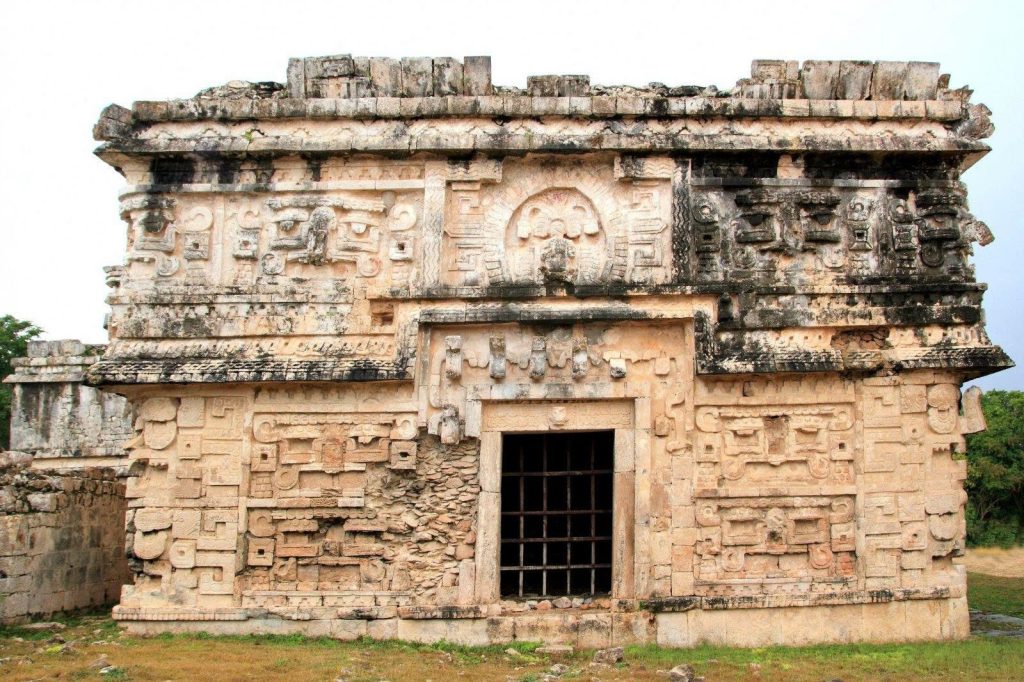
This large, sprawling complex is one of the most structurally complex buildings at Chichén Itzá, despite its misleading name given by the Spanish (it was likely an administrative palace).
- The complex shows multiple phases of construction and architectural styles, including the decorative Puuc style (more common in the southern Yucatán).
- The smaller, adjacent building (often called the East Wing or Annex) features some of the site’s most elaborate and detailed facade carvings, including depictions of the rain god Chaac and feathered serpents.
3. Planning Your 2026 Chichén Itzá Trip
This is the practical section that satisfies high-intent user queries, establishing Trustworthiness and practical Expertise.
Tickets, Costs, and Fees (2026 Estimates)
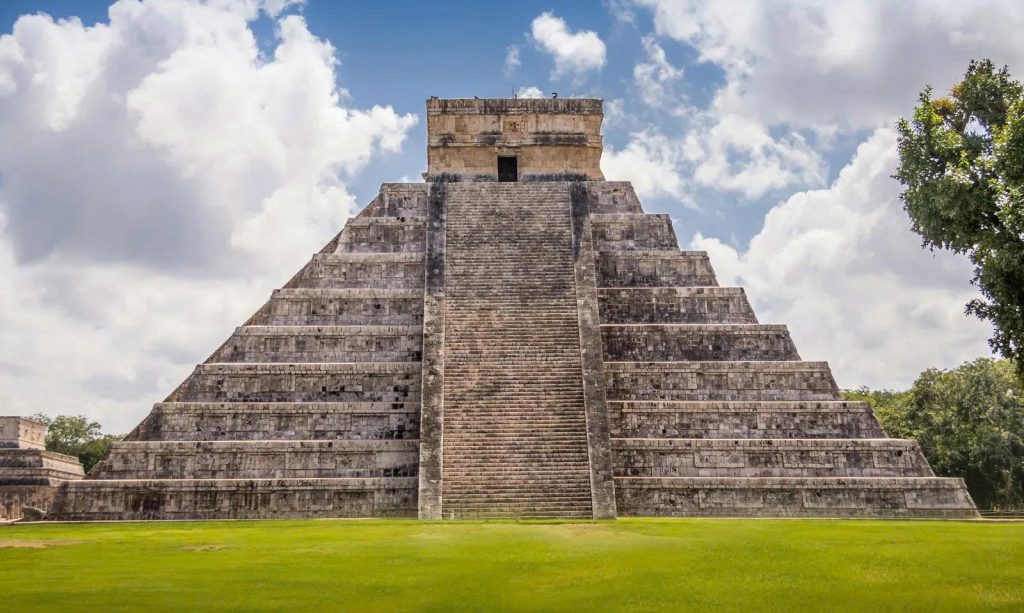
Understanding the ticketing system is essential to avoid confusion and delays.
The Two-Part Payment System: The total entrance fee for non-Mexican visitors consists of two mandatory charges collected at the single ticket window:
- INAH Fee: The Federal fee (relatively low).
- CULTUR Fee: The State of Yucatán fee (the larger portion).
Estimated Total 2026 Fee: Expect the total cost for non-Mexican visitors to be approximately $60 – $70 USD or roughly $1,000 MXN – $1,300 MXN. This exact amount is subject to change, so always check the latest prices before your visit.
Purchasing Strategy
- Online vs. Gate: While pre-booking online is often possible, the process can sometimes be complex and require printing. Many visitors prefer to purchase their tickets directly at the main gate right when the site opens.
- Cash is King (for the CULTUR Fee): Although credit cards are increasingly accepted, be prepared to pay at least the large CULTUR fee component in cash (Mexican Pesos), especially if technology fails.
4. When is the Best Time to Visit?
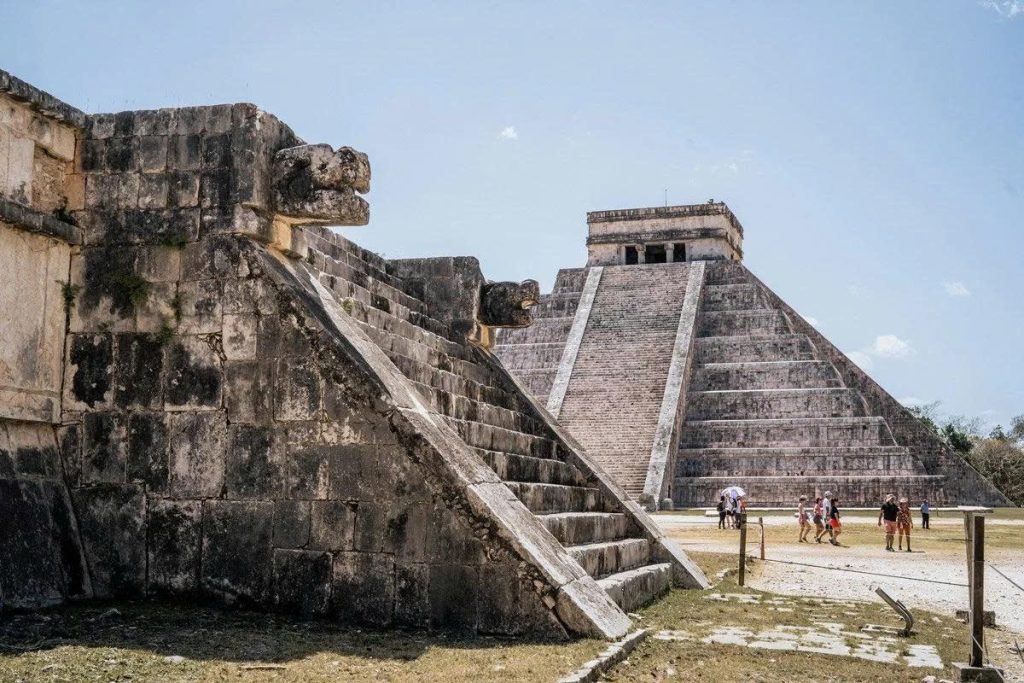
Choosing the right time dictates your experience with heat and crowds.
Time of Day: The Early Bird Wins
Tip: The vast majority of tourists arrive via ADO bus or tour groups from Cancún between 10:30 AM and 11:30 AM. Plan to arrive at the gates before 8:00 AM. This allows you two full hours of relatively quiet exploration and the ability to photograph El Castillo without hundreds of people in the foreground.
Time of Year: Avoiding the Extremes
- Peak/Best Season (November – February): Cooler temperatures (more comfortable walking) and lower humidity.
- Shoulder Season (March – April & October): Very high heat (March/April) or occasional rain/humidity (October).
- Crowd Avoidance: As mentioned, avoid Sundays due to free entry for Mexican residents, which leads to massive crowds.
Detailed Itineraries: How Much Time Do You Need?
The Half-Day Morning Blitz
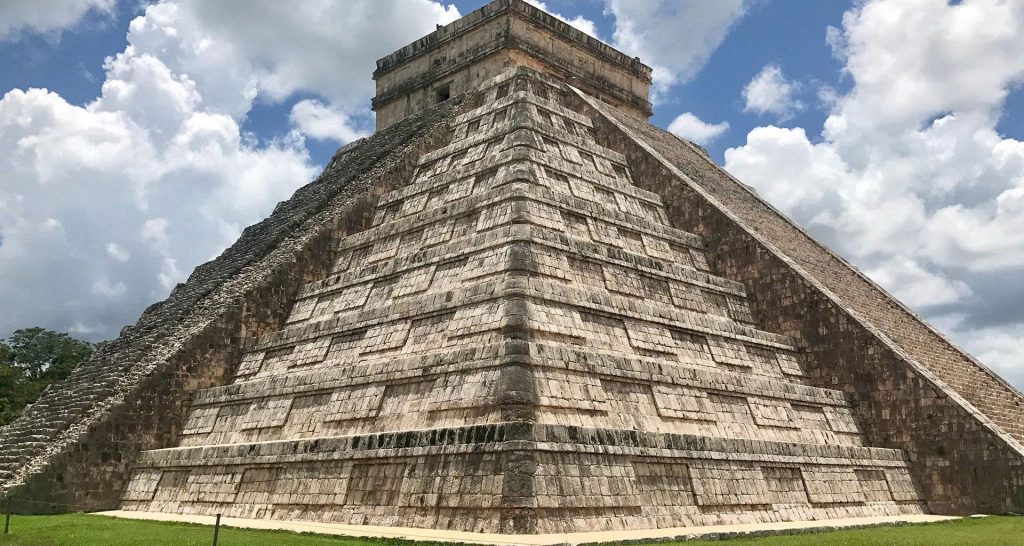
- Time: 3–4 hours (8:00 AM – 12:00 PM).
- Focus: Core monuments (El Castillo, Great Ball Court, Temple of the Warriors).
- Tip: Start early, complete the central area before the crowd surge, and exit around noon to head to a nearby cenote for lunch and swimming.
The Full-Day Deep Dive
- Duration: 5–7 hours.
- Focus: Includes the core monuments plus the lesser-visited Southern Group (El Caracol, The Nunnery Complex, Akab Dzib).
- Tip: Ideal for history buffs or those with an official guide who want to explore the archaeological site beyond the famous pyramid.
Navigating the Logistics: Getting There and Where to Stay
Self-Driving (Freedom and Flexibility)
- Route: The quickest way is the Mexican Federal Highway 180D (Cuota), a toll road that is safe and well-maintained.
- Time: Cancún (2.5 hrs), Tulum (2 hrs), Mérida (1.5 hrs).
- Warning: Be sure to have Mexican Pesos ready for the high tolls, as credit cards are rarely accepted.
The ADO Bus

The ADO bus company offers comfortable, air-conditioned, and affordable direct service from most major tourist towns. This is the best choice if you prefer not to drive. Be aware that the schedule may limit your ability to arrive right at 8:00 AM.
Organized Tours
- Tours handle all transportation, entrance fees, and guide services. This is the most convenient option.
- Caveat: Be mindful of the large crowds and the typical schedule, which usually places you at the site during peak heat and peak crowd hours.
5. Where to Stay
Valladolid
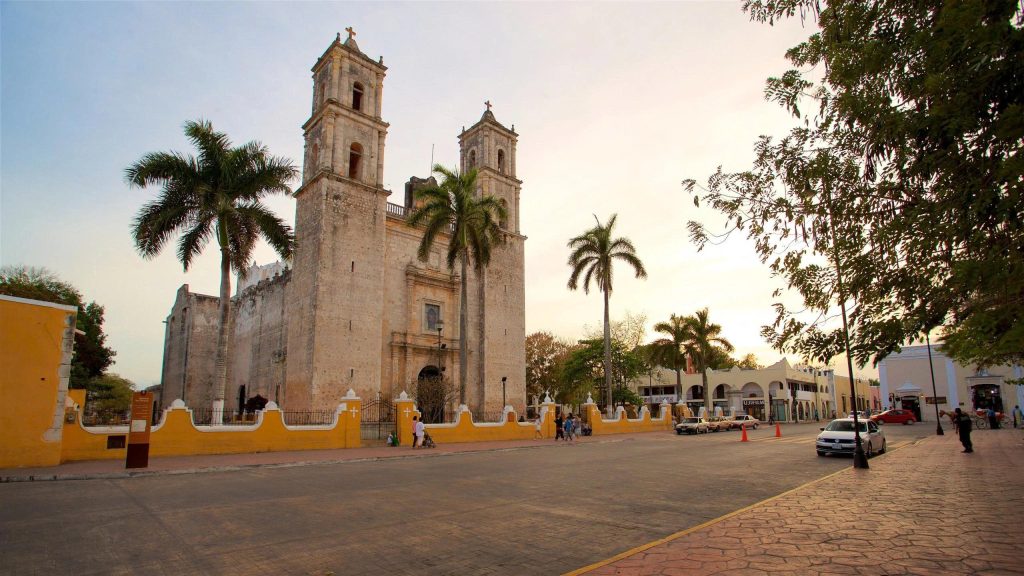
This charming colonial city is located only 45 minutes from Chichén Itzá. Staying here allows you to easily arrive at the site by 8:00 AM, giving you a massive advantage over those traveling from Cancún or Tulum. Valladolid is also near several stunning cenotes (like Cenote Suytun).
Mérida (The Cultural Hub)
Mérida is a vibrant city, roughly 1.5 hours away. It offers the best cultural experiences and nightlife but requires an earlier start for your visit.
6. Practical Tips
This section provides the “Experience” and “Trustworthiness” that separates a great guide from a generic one.
Visitor Do’s and Don’ts for Safety and Respect
Hydration and Heat Management: The Yucatán heat and humidity are intense, especially in the central plaza. Carry a large water bottle (or two) and continuously hydrate. Seek shade near the surrounding trees and avoid physical exertion between 12 PM and 3 PM.
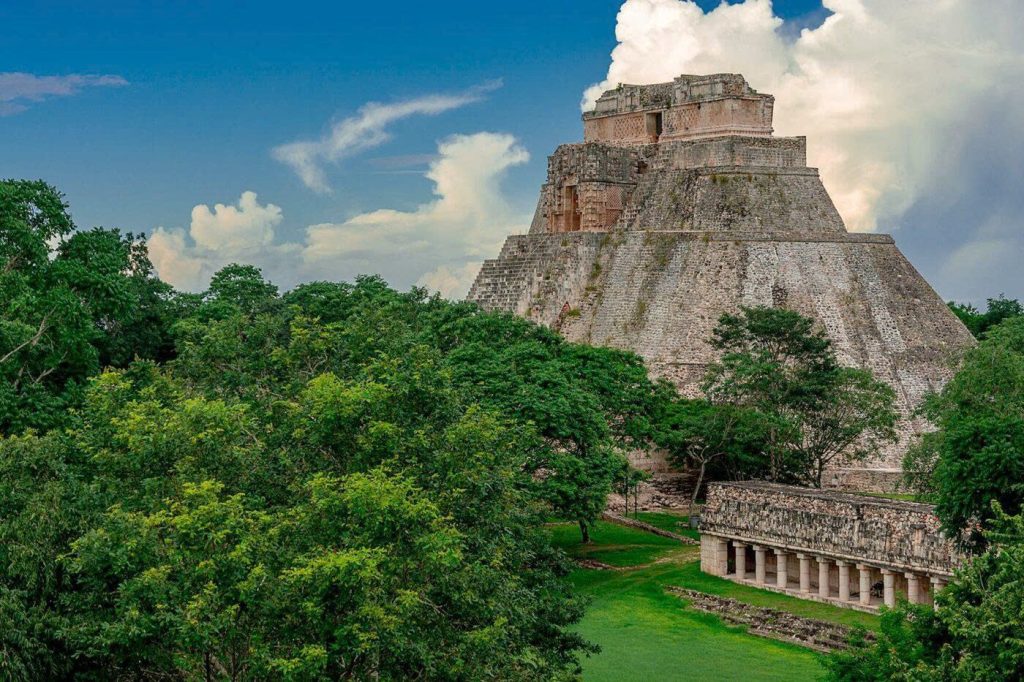
Hiring a Guide: While guide prices can be steep, hiring an official, certified guide at the entrance is highly recommended. Their expertise in Maya culture, astronomy, and the site’s history transforms the experience. Always look for their official accreditation badge.
Dealing with Vendors: Hundreds of local vendors set up stalls along the paths inside the archaeological site. They are mostly harmless, but be prepared for persistent sales pitches. A polite “No, gracias” usually suffices. Do not feel obligated to purchase anything.
The Perfect Cool-Down: After walking for hours under the sun, a swim in a cool cenote is mandatory.
Cenote Ik Kil: Located just a few minutes from the main entrance, this majestic cenote with hanging vines is visually stunning and the most popular option. Expect large crowds.
Avoiding the Crowds: For a more tranquil experience, consider Cenote Oxman or Cenote Suytun near Valladolid. These offer crystal-clear water and a more authentic, less touristy atmosphere.
RELATED: 7 Wonders of the World: A travel and history guide
The journey to Chichén Itzá is more than a trip to an ancient ruin; it’s a pilgrimage into the heart of a civilization that mastered astronomy, architecture, and mathematics. Armed with this article, you’re now equipped to navigate the complexities of ticket costs, choose the perfect itinerary, and execute the essential strategy of arriving early. Claim the profound silence of the early morning at the Great Ball Court and let the intricate carvings on the Temple of the Warriors be your unforgettable reward. Start planning today!

